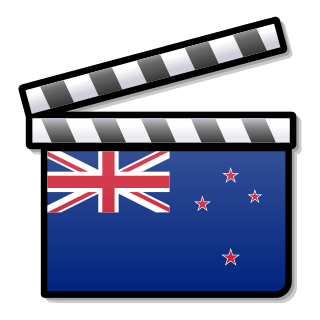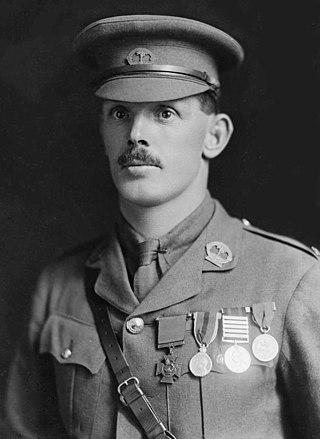
New Zealand cinema can refer to films made by New Zealand-based production companies in New Zealand. However, it may also refer to films made about New Zealand by filmmakers from other countries. Due to the comparatively small size of its film industry, New Zealand produces many films that are co-financed by overseas companies.

William James Hardham, VC was a New Zealand soldier who was a recipient of the Victoria Cross, the highest award for gallantry "in the face of the enemy" that could be awarded at the time to military personnel of the British Empire.

The Auckland Cup is an annual race held by the Auckland Racing Club (ARC). It is an Open Handicap for thoroughbred racehorses competed on the flat turf over 3200 metres at Ellerslie Racecourse in Auckland, New Zealand.
The following lists events that happened during 1900 in New Zealand.
The following lists events that happened during 1899 in New Zealand.
Alfred Richard Barclay was a New Zealand Member of Parliament for two Dunedin electorates, representing the Liberal Party.

Vivian Harold Potter was a New Zealand Member of Parliament, miner, trade unionist, and soldier.

Major General Richard Hutton Davies, was an officer of the New Zealand Military Forces during the late nineteenth and early twentieth centuries, the first New Zealander to command an independent force overseas and one of the most senior New Zealand officers during the First World War.

The 4th New Zealand Contingent was one of ten contingents of New Zealand volunteers for service during the Second Boer War.
William MacVay Trevarthen was a New Zealand rugby footballer who was part of the professional 1907-1908 New Zealand rugby tour of Great Britain. A relative of his, Thomas Trevarthan, later played for New Zealand in the 1930s.
Lieutenant-Colonel Joseph Henry Banks (1843–1916) was the British Commandant and instructor of the Auckland Militia through whose capacity the first six of the ten contingents of the New Zealand Mounted Rifles were raised and trained for overseas combat in the Boer Wars, becoming the core of the modern New Zealand Army.

Major General Sir Alfred William Robin, was a New Zealand military leader.
Alfred Henry Whitehouse was a notable New Zealand motion picture exhibitor and producer. He was born in Birmingham, Warwickshire, England, in 1856.

Brigadier-General Harry Townsend Fulton, was a British Indian Army officer who served with the New Zealand Military Forces during the Second Boer War and First World War.
Royal Visit of the Duke and Duchess of Cornwall and York to New Zealand was a 1901 New Zealand silent documentary film made by the Limelight Department of the Salvation Army in Australia.
Uhlan was a New Zealand thoroughbred horse that won the Boxing Day 1898 Auckland Cup.
Opening of the Auckland Industrial and Mining Exhibition was an 1898 New Zealand silent documentary film.

Arthur Bauchop, was an officer in the New Zealand Military Forces who served in the Second Boer War and the First World War. He commanded the Otago Mounted Rifles during the Gallipoli Campaign, and died of wounds received during the Battle of Chunuk Bair.
Uhlan winning the Auckland Cup at Ellerslie Racecourse was an 1898 New Zealand sports documentary film.
Maori Scenes were 1898 New Zealand silent documentary films made by Joseph Perry of the Limelight Department of the Salvation Army in Australia. Two or three films were shot about 2 December 1898, just after New Zealand's first film.








